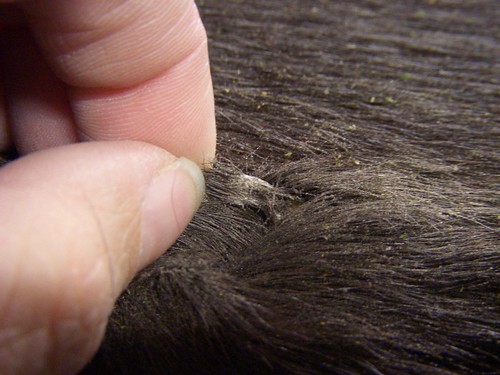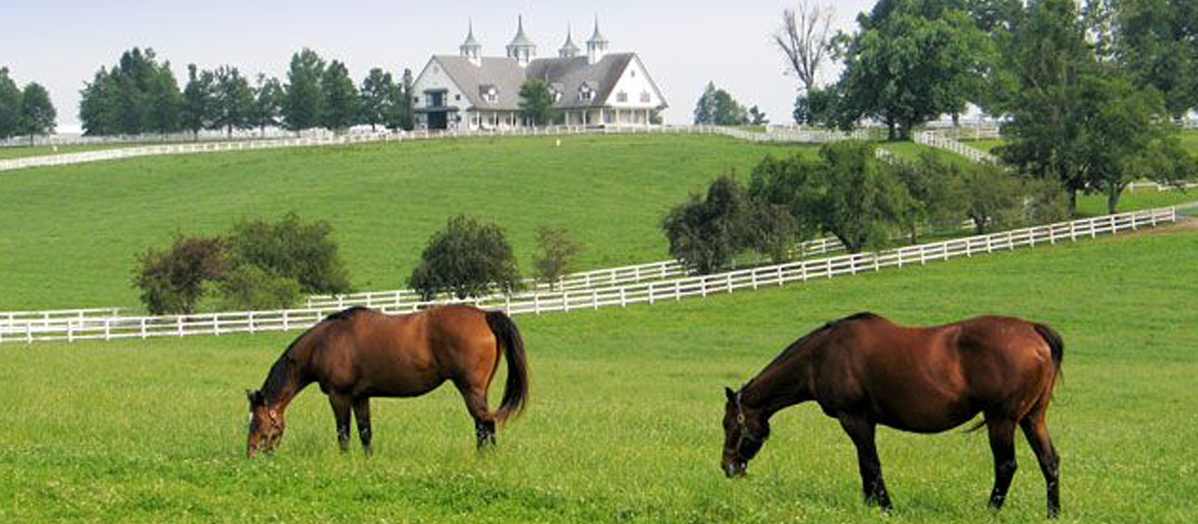365 Days in Horse Country – Rain Rot

Also called
rain scald or more formally, equine dermatophilosis (after Dermatophilus
Congolensis, the cause of the problem), this condition is a bacterial infection
on the surface of the skin. It is a
common problem for horses during wet winter or spring months, but it can occur
in horses turned out during any extended period of rain or wetness.
When the skin is frequently damp, especially if water pools in concave areas, such as over the withers, back and rump, it creates an ideal environments for bacterial growth. That’s how the problem starts.
Other factors also cause damage to the skin, opening it up to infection. These include insect bites, external parasites, poorly fitted tack, and moisture from heavy sweating. The bacteria that cause rain rot can be transmitted from horse to horse by flies, brushes, blankets, or tack, but they cannot infect dry, healthy skin.
Horse with rain rot lose small tufts of hair as they are being shed out. They look as if their coat or skin has been scalded with drops of water, primarily on the back and sides. This effect occurs when the skin secretes a sticky substance that causes the hairs to clump together, giving them the appearance of paint brush tips. Small scabs eventually form that are painful to the touch but not itchy. Removal of the scabs results in soreness and minor bleeding. A small amount of puss is common, and the skin beneath the scab appears irritated and inflamed.
Other conditions can resemble rain rot. Ring worm, other bacterial infection such as those caused by Staphylococcus or Corynebacterium Pseudotuberculosis, skin allergies, and sarcoids can all cause similar signs. A definite diagnosis can be made by examining the crusts microscopically for the presence of D. Congolensis or performing a skin biopsy and culturing the sample for bacteria.
Rain rot is treated by removing the scabs with 0.5 percent betadine or 2 percent chlorhexidine and then drying the skin thoroughly so the bacteria cannot recur. Affected area are treated topically with chlorhexidine or lime sulfer every day for a week, always ensuring that the skin dries thoroughly afterward. Plenty of time in the sun helps too.
If the skin responds, the frequency of application can be reduced until the condition clears up. Severe cases may require treatment with oral or injectable antibiotics.
Avoid placing tack on the affected areas until rain rot goes away, and cleantack and grooming tools thoroughly before use to prevent them from reinfecting the horse or any other horses.
Michael







